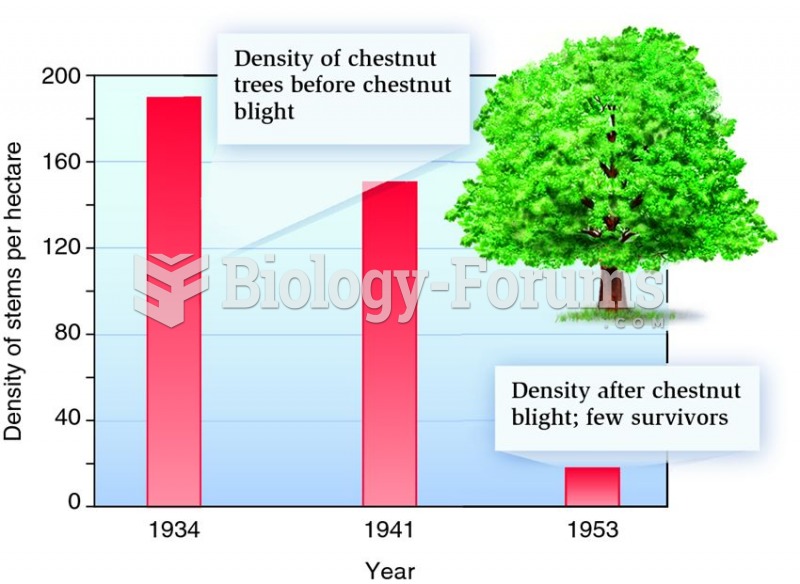Question 1
Wilson based his plan for peace among the warring nations on
A) the Fourteen Points.
B) American support for a Russian invasion of Germany.
C) the 10-Percent Plan.
D) unconditional surrender by Germany.
Question 2
By 1918, those who opposed the woman suffrage movement
A) argued that it would defeminize women.
B) argued that it would interfere with the war effort.
C) were led by Carrie Chapman Catt.
D) included President Woodrow Wilson.
Question 3
During World War I, social justice progressives in the United States
A) found no government support for their policies.
B) failed to achieve legislation restricting alcohol consumption and prostitution near military bases.
C) endorsed all aspects of the Wilson war policies.
D) criticized the government's restriction on freedom of speech.
Question 4
During World War I, women in the United States
A) made few significant contributions to the war effort.
B) demonstrated that they were unable to assume most of the jobs traditionally occupied by men.
C) served in combat.
D) found new employment opportunities.
Question 5
The labor policy of the Wilson administration during World War I
A) showed little concern for the working conditions of women and children.
B) sought to protect and extend the rights of organized labor.
C) declared the American Federation of Labor illegal.
D) staunchly opposed efforts to unionize American workers.
Question 6
In its effort to mobilize the American economy for the war effort during World War I, the Wilson administration
A) issued rationing stamps to limit food consumption.
B) quickly increased the construction of battleships.
C) failed to recognize the importance of women as consumers.
D) used the power of the government to control scarce materials.







